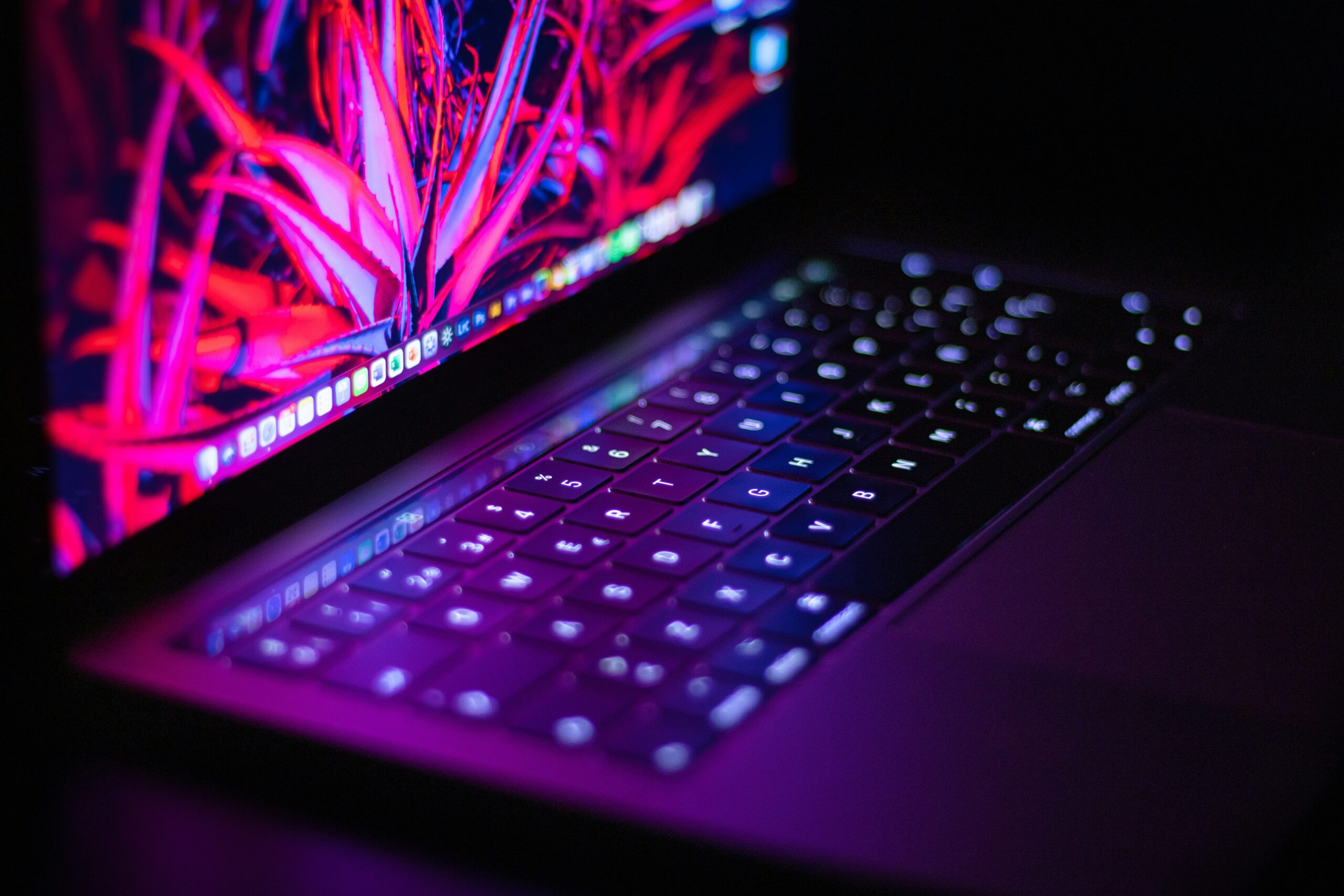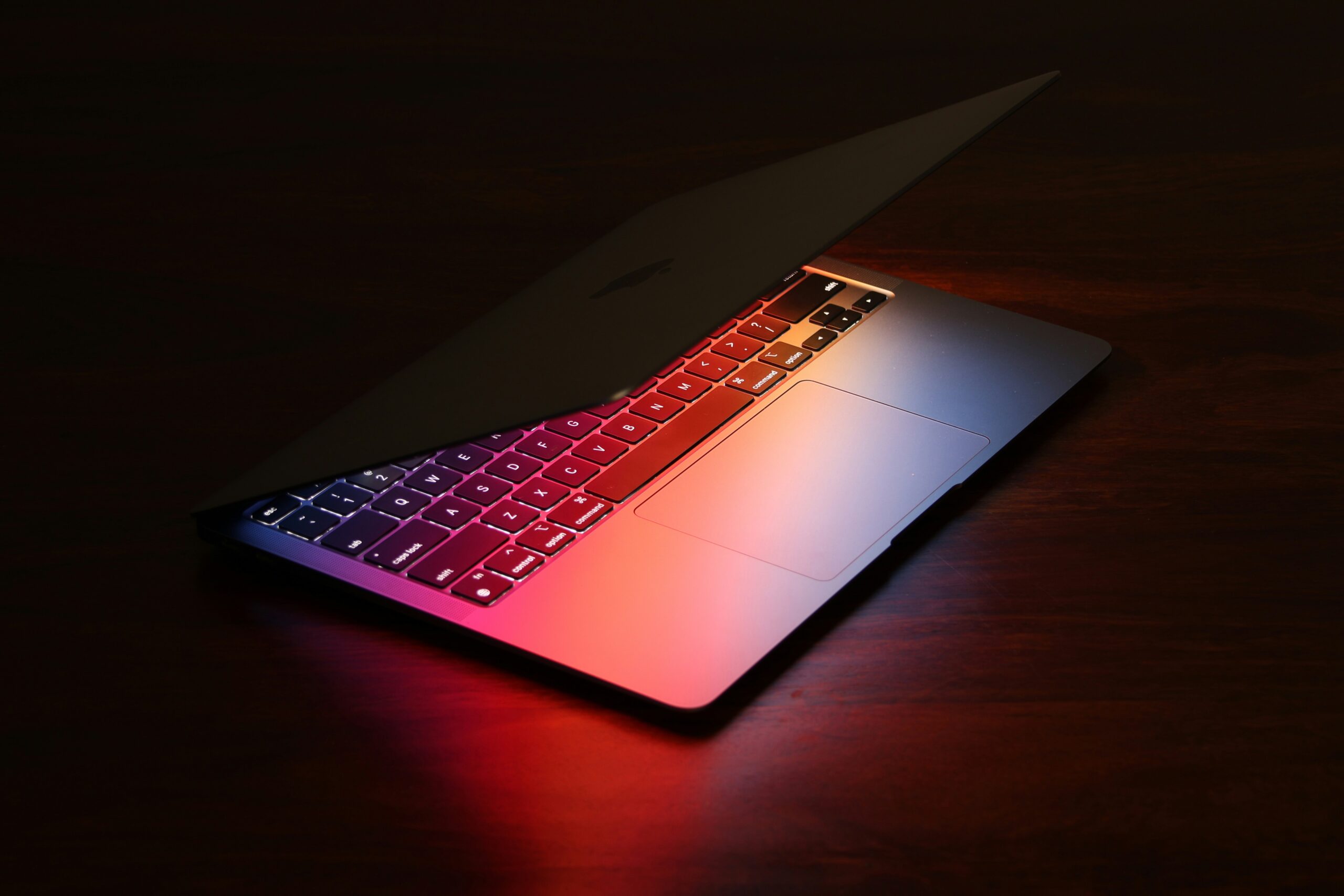
It was a typical Monday morning. Coffee brewed, inbox full, and Tom—our friendly neighborhood freelance designer—was ready to tackle the day. But as he powered on his trusty PC, something felt… off.
His browser opened to a weird search engine he didn’t recognize. Pop-ups flooded the screen. Files were taking forever to load. And worst of all? His antivirus program wouldn’t launch.
Panic set in.
Tom had been hit by a virus.
He later admitted he’d clicked on a shady “free font download” the night before. What seemed harmless at the time turned his powerful machine into a sluggish, infected mess. If you’ve ever found yourself wondering, “How do I clean my PC from viruses?”—you’re not alone. Tom’s story is one of millions.
But don’t worry, you’re in the right place. In this post, we’ll walk you through the step-by-step process to detect, remove, and prevent viruses on your PC. We’ll also keep things light—because cybersecurity doesn’t have to be boring!
How Do I Know If My PC Has a Virus?
Before jumping into how to clean your PC from viruses, it’s good to know the signs of infection. Here are a few red flags:
- Slow performance: Programs and files take longer to open.
- Pop-ups and strange ads: Even when your browser is closed.
- Unusual files or apps: Installed without your permission.
- Crashing and freezing: Regular software failures.
- Emails sent from your account: Without your knowledge.
If any of these sound familiar, chances are your PC is compromised.
Step-by-Step: How Do I Clean My PC from Viruses?
Here’s the good stuff—an easy-to-follow guide to get your computer back to health.
1. Disconnect From the Internet
First things first: unplug your PC from the internet. This stops the virus from spreading or sending out data.
Bonus Tip: If the virus is part of a botnet, disconnecting could save your data from being used for malicious purposes.
2. Enter Safe Mode
Reboot your PC in Safe Mode. This starts your system with only essential files and services, preventing most malware from launching.
How to do it:
- Restart your PC.
- Before the Windows logo appears, press F8 or Shift + F8.
- Choose Safe Mode with Networking.
Also Read , How Do I Stop My Computer from Freezing? Real Stories, Real Fixes
Now your computer is running in a basic state—perfect for cleanup.
3. Delete Temporary Files
Clearing temporary files can speed up virus scans and may even remove some malware.
Use Disk Cleanup:
- Search for “Disk Cleanup” in the Start Menu.
- Select your drive (usually C:).
- Check boxes for Temporary files, Recycle Bin, and System files.
- Click OK.
4. Run a Malware Scan
This is where the magic happens. You’ll need a trusted antivirus or anti-malware tool.
Top free tools:
- Malwarebytes
- Avast Free Antivirus
- Bitdefender Free Edition
- Microsoft Defender (built into Windows 10/11)
Install your chosen tool and run a full system scan. Quarantine or delete any threats found.
Also Read , Why Won’t My Laptop Turn On? Real Reasons, Fixes, and Life-Saving Tips
Pro Tip: Run the scan twice. Some malware hides until the first layer is removed.
5. Remove Suspicious Programs Manually
Some stubborn viruses may not be detected by antivirus software. Time to get your hands dirty.
Steps:
- Go to Control Panel > Programs > Uninstall a program
- Look for unfamiliar or recently installed programs
- Google anything you don’t recognize before removing
Don’t uninstall anything critical to Windows—when in doubt, research first!
6. Check Browser Extensions and Settings
Viruses love hijacking your browser.
- Open Chrome, Firefox, or Edge
- Go to Extensions/Add-ons
- Remove anything sketchy
- Reset homepage and default search engine
This step often clears out redirect viruses and adware.
7. Clear the Registry (Advanced Users Only)
The Windows Registry is like your PC’s DNA. Some malware embeds itself deep here.
Warning: Editing the Registry can be risky. Always back it up before making changes.
- Press Win + R, type regedit, and press Enter.
- Use Ctrl + F to search for the malware’s name (from your scan).
- Delete only the entries related to the virus.
If this feels overwhelming, skip it or consult a professional.
8. Update Everything
Once clean, update your:
- Windows OS
- Browsers
- Antivirus software
- Drivers
Also Read , Why Does My PC Keep Restarting? Real-Life Woes, Causes, and Easy Fixes
Viruses often exploit outdated software, so keeping everything current is your first line of defense.

How to Prevent Future Infections
Now that you’ve cleaned your PC from viruses, let’s make sure it never happens again.
✅ Use Real-Time Antivirus Protection
Set your antivirus to automatically scan downloads, websites, and apps.
✅ Don’t Click Suspicious Links
If it looks sketchy, it probably is. Be wary of too-good-to-be-true offers and email attachments from unknown senders.
✅ Use a Firewall
Built-in Windows Defender Firewall is a solid start. You can also add a third-party one for extra protection.
✅ Create Regular Backups
Use tools like OneDrive, Google Drive, or an external hard drive to keep your files safe in case you ever need to do a full system restore.
Final Thoughts: So, How Do I Clean My PC from Viruses?
Let’s recap the essentials. When asking, “How do I clean my PC from viruses?”, the process looks like this:
- Disconnect from the internet
- Reboot in Safe Mode
- Delete temporary files
- Run antivirus/malware scans
- Uninstall suspicious programs
- Clean your browser
- (Optional) Check the Registry
- Update everything
And remember Tom? After some deep scans and cleanup, his PC is back to full speed. Now he’s extra cautious about downloads—and uses two layers of virus protection. Lesson learned.
Your PC deserves the same care.
Whether you’re a casual user or a digital nomad, taking control of your cybersecurity isn’t just smart—it’s essential. So the next time someone asks, “How do I clean my PC from viruses?”, you’ll have the answers—and maybe a funny story to share, too.
Stay safe, stay smart, and may your bytes always be virus-free.
Also Read , How Do I Upgrade RAM in a Laptop? A Beginner’s Guide With a Real-Life Twist
image credit : unsplash.com


